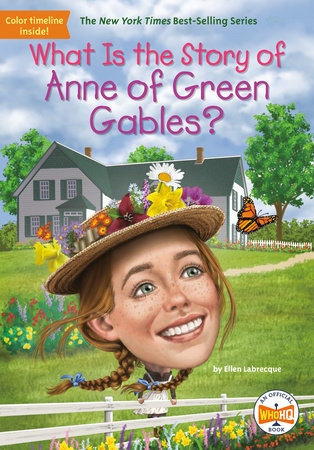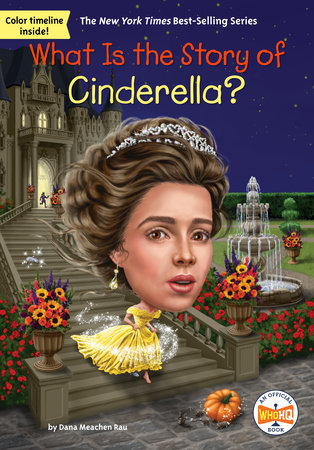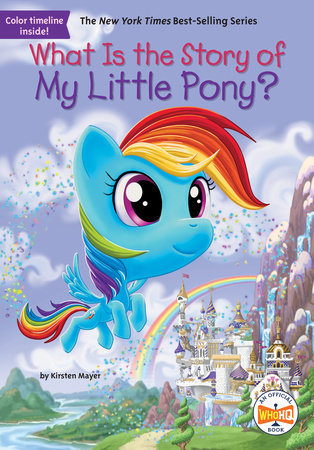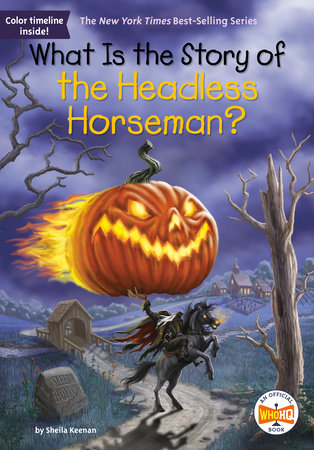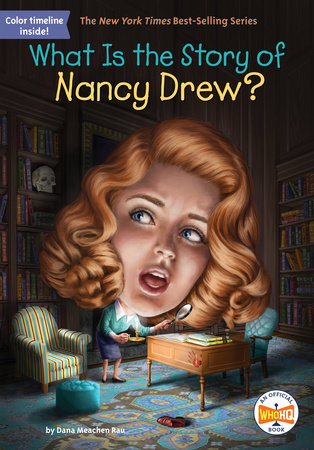Excerpt
What Is the Story of Anne of Green Gables?
What is the Story of Anne of Green Gables? In the summer of 2008, thousands of people arrived on Prince Edward Island, Canada, to attend an event called “Anne 2008”—a celebration of the one hundredth birthday of the island’s most famous fictional resident. Many of the visitors wore straw hats with long, red pigtails attached.
The birthday celebration was in honor of Anne Shirley, the “Anne” in the title of author L. M. Montgomery’s 1908 book
Anne of Green Gables. Anne Shirley is a smart and funny eleven-year-old girl with red hair and freckles. She goes on many adventures but is also happy getting cozy under a blanket with a good book. Anne is strong-willed and independent. We might say she shows the true spirit of “girl power” today. And she is loyal: Once she is your friend, Anne is your friend for life.
And yet, she has been around for more than 115 years. Anne has many fans and gains new ones every year. When the book starring the character of Anne Shirley turned one hundred, Prince Edward Island planned many events for those fans, including parties, horse-drawn carriage rides, and special readings of
Anne of Green Gables. Across the island, tourists took photographs in front of Anne statues. They visited gift shops filled with souvenirs including Anne T-shirts, mugs, calendars, magnets, dolls, and, of course, books. Musical performances about
Anne of Green Gables were performed every day. The farmhouse, named Green Gables, that inspired Anne’s fictional home welcomed a steady stream of visitors.
Even though “Anne 2008” is over, thousands of tourists continue to visit Green Gables every year. They proudly wear their straw hats to show that they are, indeed, Anne’s friends for life.
Chapter 1: Getting to Know Maud Lucy Maud Montgomery was born on November 30, 1874, in the town of Clifton on Prince Edward Island, Canada, about 250 miles northeast of Canada’s border with Maine. She grew up to be called by her middle name, Maud. Her family lived in a small cottage. Her mother, Clara, and father, Hugh, ran a country store that was attached to their home. Soon after Maud was born, her mother became ill with tuberculosis. Tuberculosis (TB) is a lung disease that makes it hard for a person to breathe. Today, many countries have a vaccine that prevents TB. But when Maud’s mother got sick, it was very deadly. Clara was only twenty-three years old when she died in 1876. Little Maud was just shy of her second birthday.
Maud’s father was saddened by his wife’s death. He needed to work and didn’t think he could raise a child on his own. He took Maud to live with Clara’s parents, Lucy and Alexander Macneill. They had agreed to raise their granddaughter. Lucy and Alexander’s home was about seven miles from Clifton. Their farm was located just outside Cavendish—a seaside town on the northern shore of Prince Edward Island.
Maud’s grandparents owned one of the nicest homes in Cavendish. It was surrounded by cherry and apple orchards. The house also served as the local post office. It was an important place on the island. Hugh left his daughter with her grandparents and went to find work in Western Canada—far away from Prince Edward Island.
Maud’s grandparents were in their fifties. They had already raised six children of their own. They hadn’t expected to raise another. They fed their granddaughter hearty meals and gave her a bedroom in their farmhouse. But they were very serious people. They did not show Maud much love and affection.
Even though her grandparents were strict, Maud grew into a lively and imaginative child. She had two make-believe best friends that lived in a cabinet with glass doors. One was named Katie Maurice, and the other was named Lucy Gray.
As a child, Maud spent much of her days outside. She loved to name the plants and trees; she called them Little Syrup, Spotty, Spider, and White Lady Birch.
When Maud was six, she went to school for the first time. The schoolhouse only had one room, and children of all different ages shared the same classroom. When Maud started school, she could already read. With the help of her grandmother, she had been learning since the age of three. Maud loved stories and books. When she wasn’t outside playing, she was inside reading. Her grandparents had a well-stocked bookcase filled with leather-bound novels. One of Maud’s eventual favorites was
Little Women by Louisa May Alcott. The story follows the lives of four sisters from childhood into adulthood.
When Maud was seven, two brothers named David and Wellington “Well” Nelson came to live with her and her grandparents. During this time, it was common for friends and neighbors to take in children who needed a home. PEI was a small community, and everybody looked out for one another. The boys’ parents had died. And Maud’s grandparents had enough space, food, and money to care for them. The boys attended school with Maud and helped out with chores on the farm. Maud and the Nelson brothers became the best of friends. They built playhouses in the orchard and spent hours on the beaches—running in and out of the water.
David and Well stayed with Maud’s family for four years. Then they moved to a new home. The years spent living and playing with David and Well Nelson were the happiest of Maud’s early life.
Chapter 2: A Born Writer Maud loved to write from an early age. By age nine, she kept a daily diary. She noted the weather and recorded events of her life. She also wrote poems and short stories.
Maud’s grandmother and grandfather sent her to bed at 8:00 p.m. every night throughout her childhood. Maud didn’t mind. She devoted time to writing before going to sleep. As she sat at her desk, she looked out her window at the family orchard and the distant sea.
In the summer of 1890, when Maud was fifteen, she left Prince Edward Island and traveled by train to live with her father, who was now living in the town of Prince Albert in the Saskatchewan province of Canada, thousands of miles from PEI.
Maud was thrilled to reunite with her father. “Oh, it was delightful to see dear father again,” Maud wrote.
But this feeling didn’t last long, and Maud was homesick for Prince Edward Island. Maud’s father had remarried a woman named Mary Anne McRae, and they had a baby daughter, Maud’s half-sister, Kate. Mary Anne did not treat Maud well. She was jealous of Maud and didn’t want to share her husband’s attention. She told Maud’s father that he must stop calling his daughter “Maudie,” his nickname for her.
In February 1891, Maud’s father and stepmother had another baby, a son named Donald. Maud was asked to stay home from school to help with housework and to take care of the baby. Now that Maud was home all the time, Mary Anne spent even more time being unkind to her stepdaughter. Maud would have preferred to be back in school. She began having constant headaches and longed to go back to her grandparents. Maud returned to Prince Edward Island in the summer of 1891.
Maud finished high school when she was sixteen. During this time, most women married young—even as early as Maud’s age. Many did not even finish high school. But Maud wasn’t like other young women. She wasn’t ready to be married. After high school, she went to Prince of Wales College in Charlottetown, the capital of PEI, to study to become a teacher. She worked hard and took two years’ worth of classes in one year. This was enough to earn her teacher’s certificate.
Over the next several years, Maud taught at small schools on Prince Edward Island. For a brief time, she also worked as a copy editor at a newspaper in Halifax—the largest city in the nearby province of Nova Scotia. No matter what job Maud had, she always found time to write. Many of her short stories and poems were published in magazines and newspapers across Canada and the United States.
A poem about apple picking was published in a Philadelphia magazine called
Golden Days. Another, “Fisher Lassies,” was published in a well-known magazine called
The Youth’s Companion. Many of Maud’s poems were about nature. They described the natural beauty of Prince Edward Island. Her short stories usually had a moral—they were supposed to teach children and adults how to behave in the world. Maud later admitted she didn’t especially like writing these kinds of stories, but they were what magazines wanted to publish at the time. Instead, Maud really wanted to write stories that were “fun for fun’s sake.”
In 1898, when Maud was twenty-three, her grandfather, Alexander Macneill, died.
Maud moved back into her childhood home, the old farmhouse, to keep her grandmother company. In 1903, a Canadian newspaper published an article about Prince Edward Island poets. Maud, now twenty-nine, was mentioned as one of the best writers on the island!


